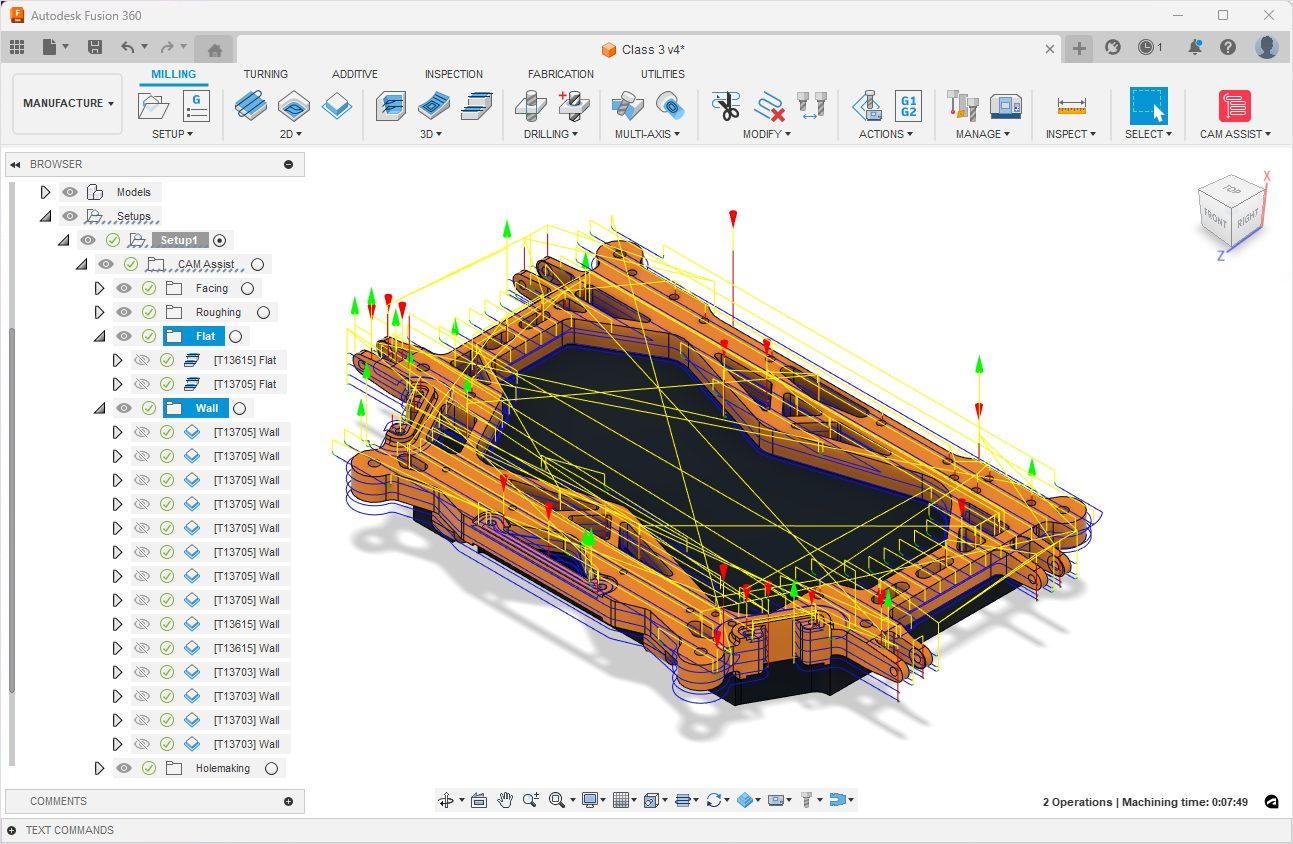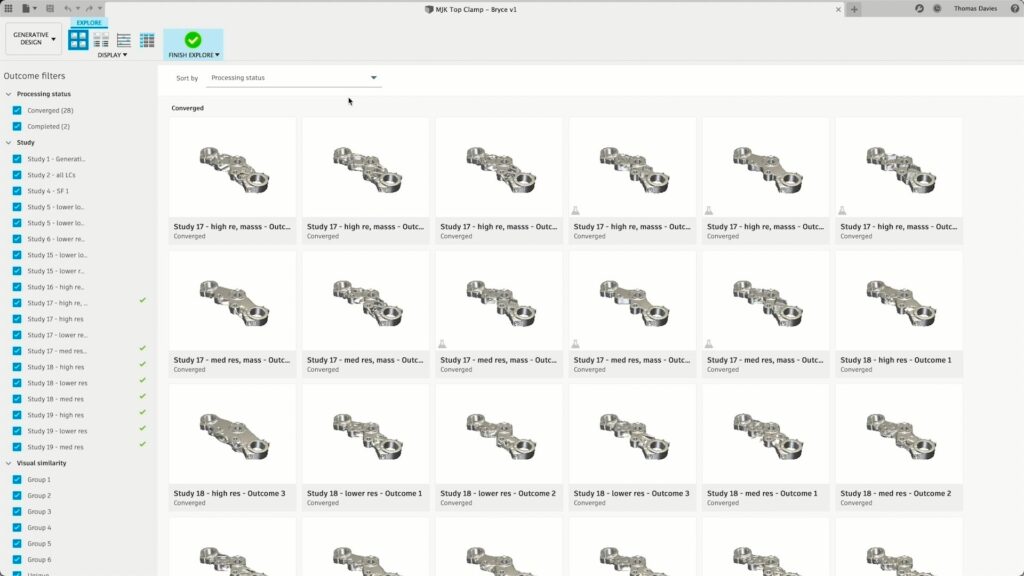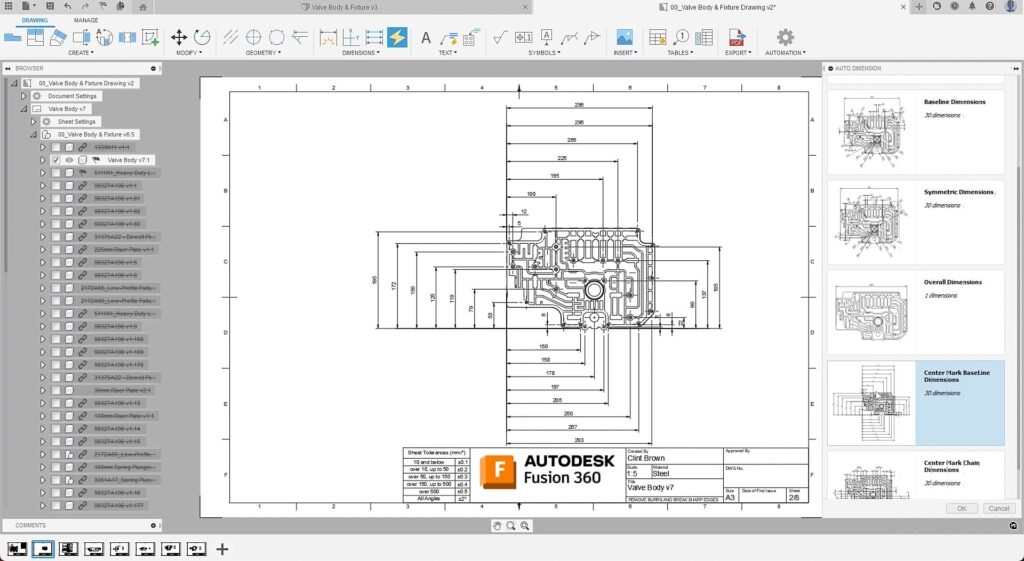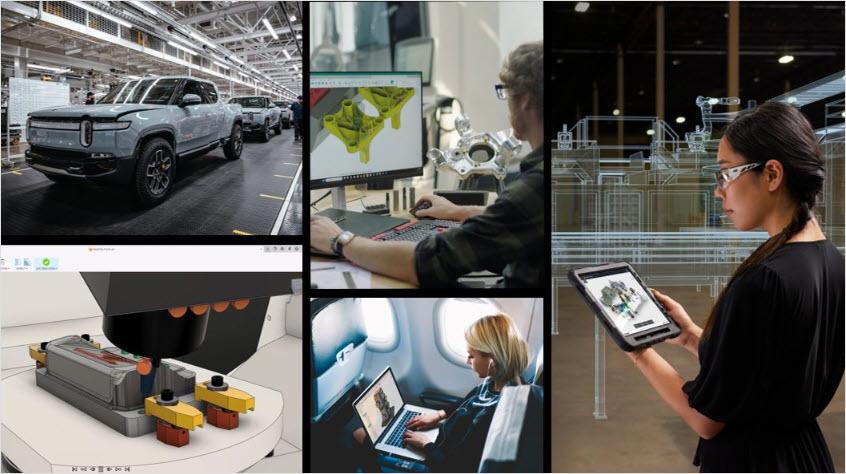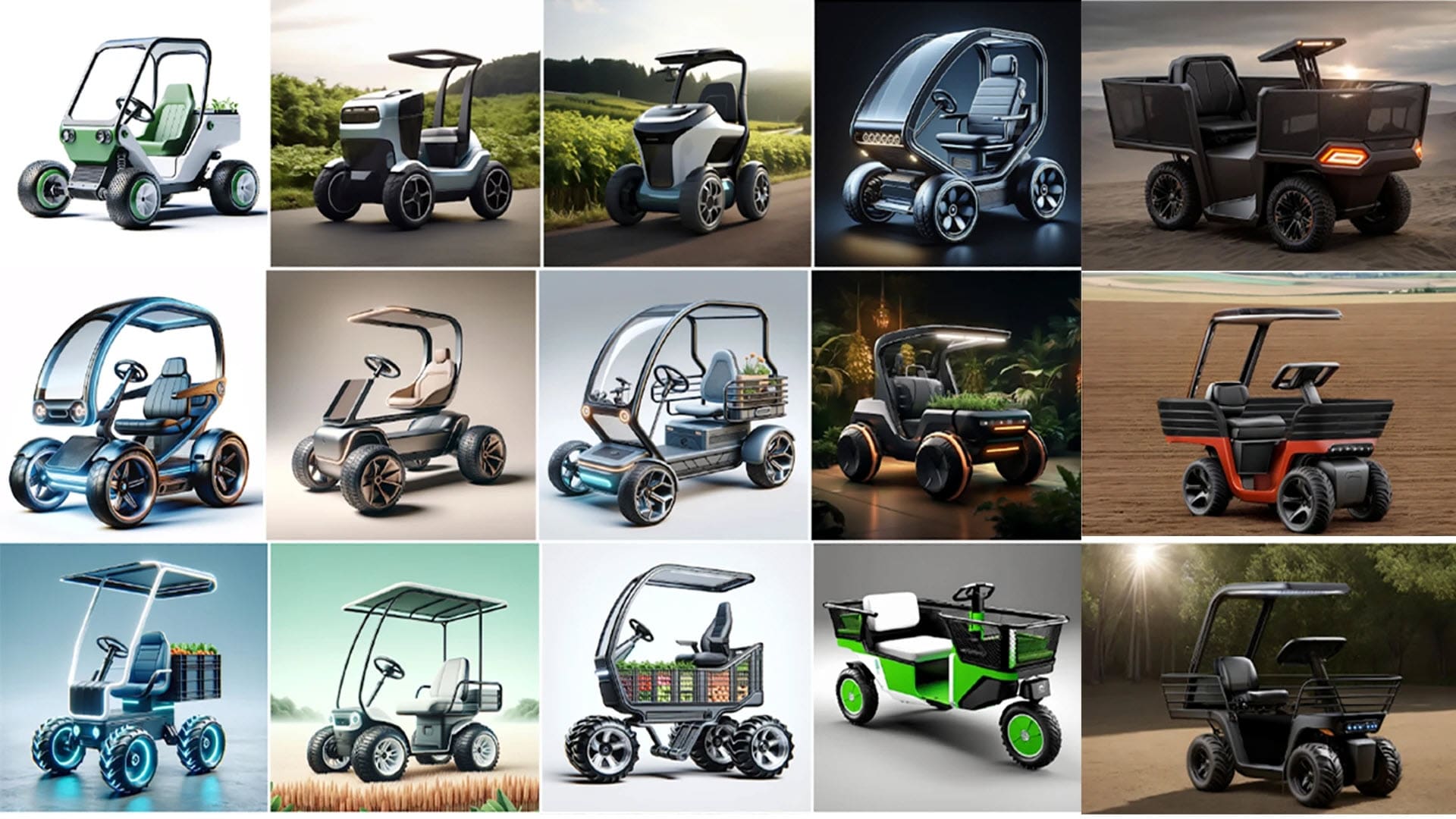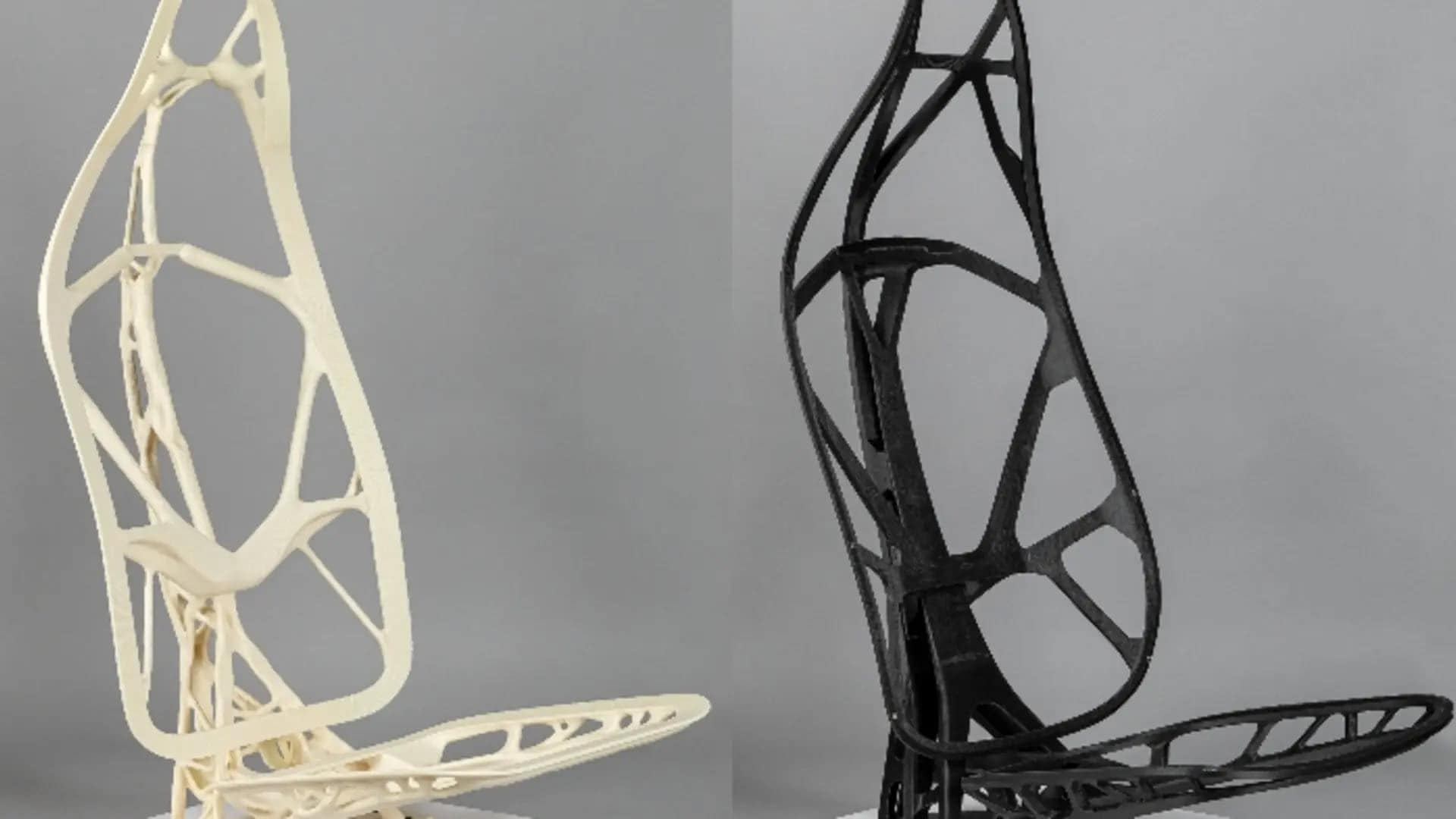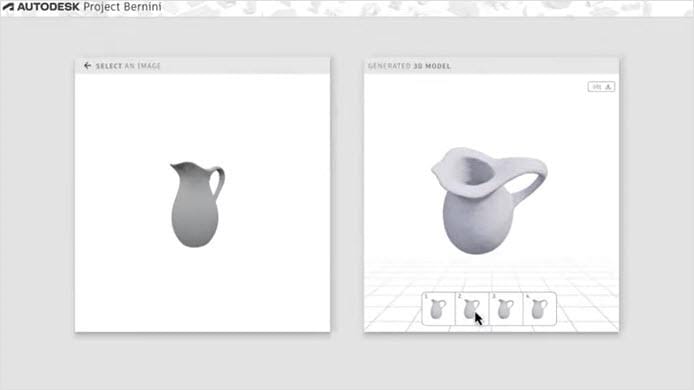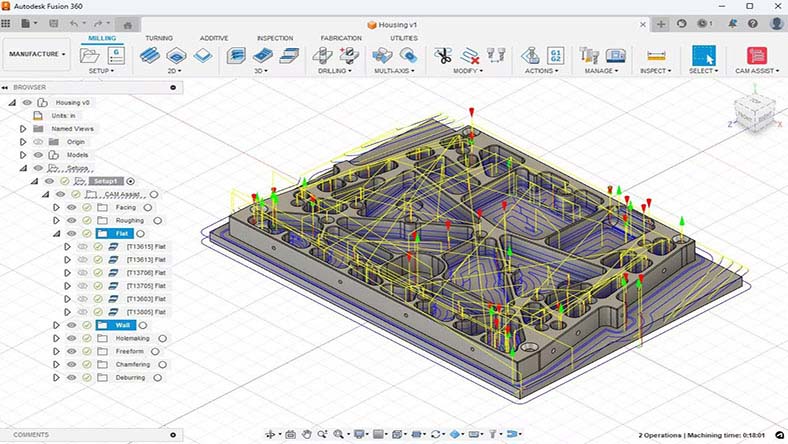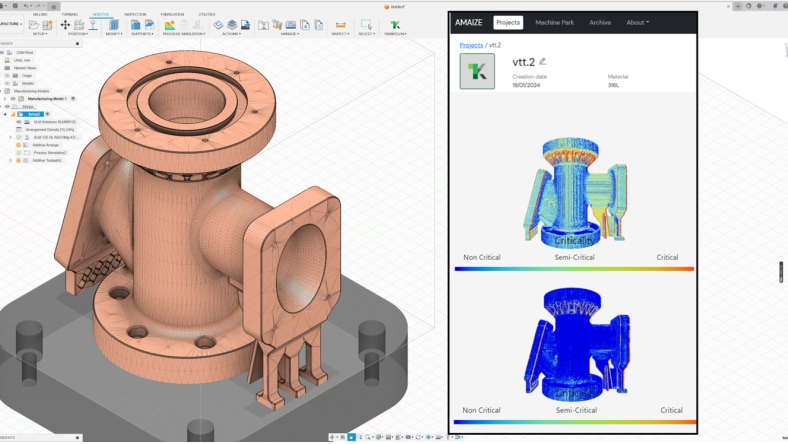Artificial intelligence plays a pivotal role in the digtial transformation of manufacturing by automating, augmenting and analysing aspects of the production process. AI in manufacturing enhances efficiency, improves product quality and maintains competitiveness. For example, AI can automate Computer-Aided Manufacturing (CAM) tasks, reducing errors and speeding up production times. AI can also be employed in the automotive industry by automating aspects such as optimising a vehicle's aerodynamics and structural integrity while maintaining aesthetic and functional requirements. AI eliminates tedious tasks that consume substantial human effort and time.
AI frees up engineers and designers to concentrate on innovation, accelerating the launch of new products. It streamlines operations and offers deeper insights into production processes. By adopting AI, manufacturers can digitally transform their operations, enhancing their ability to predict future trends and adapt to evolving market demands, thus securing a significant competitive edge.




